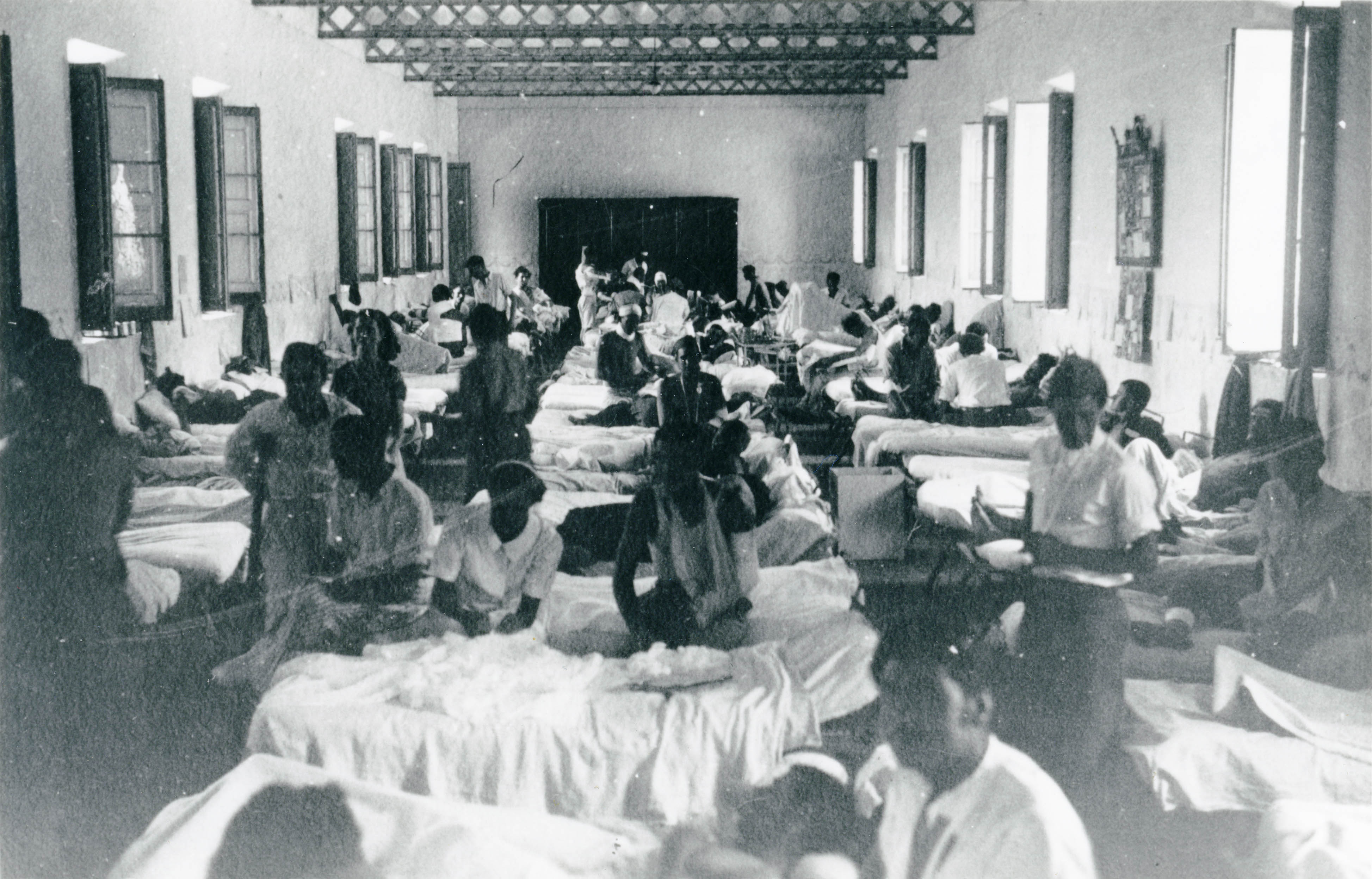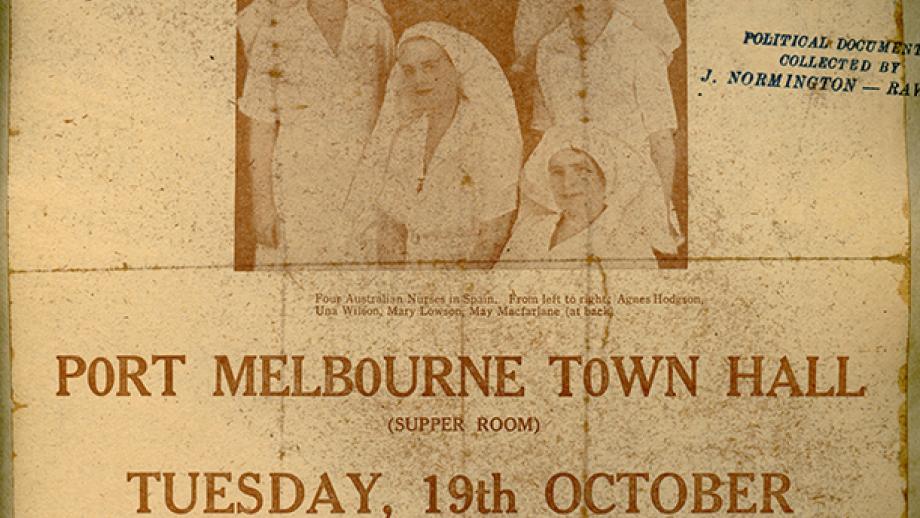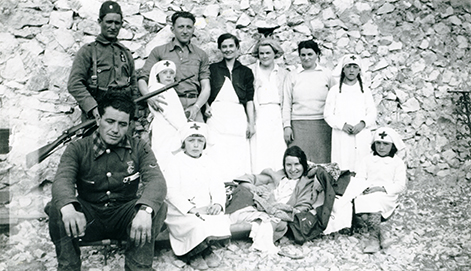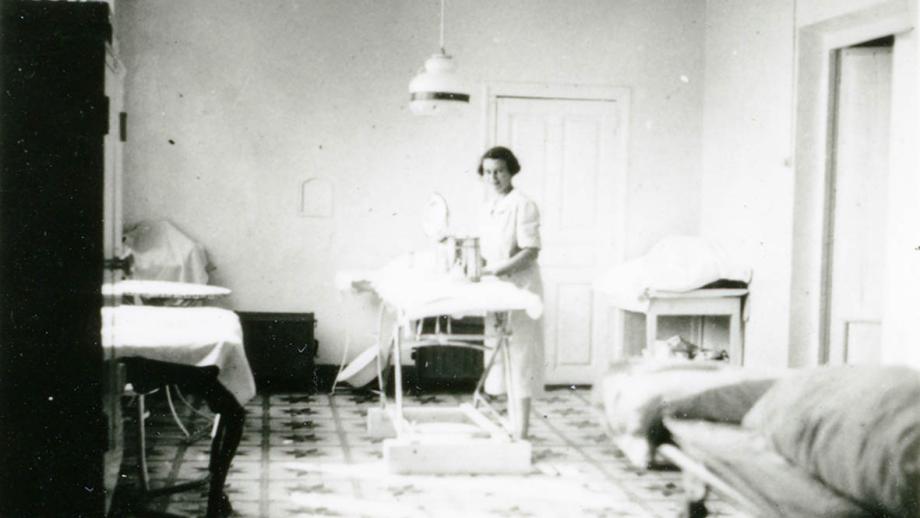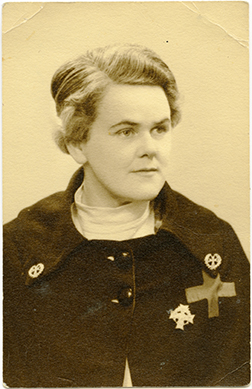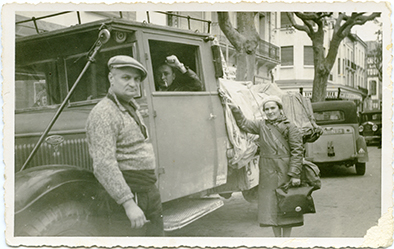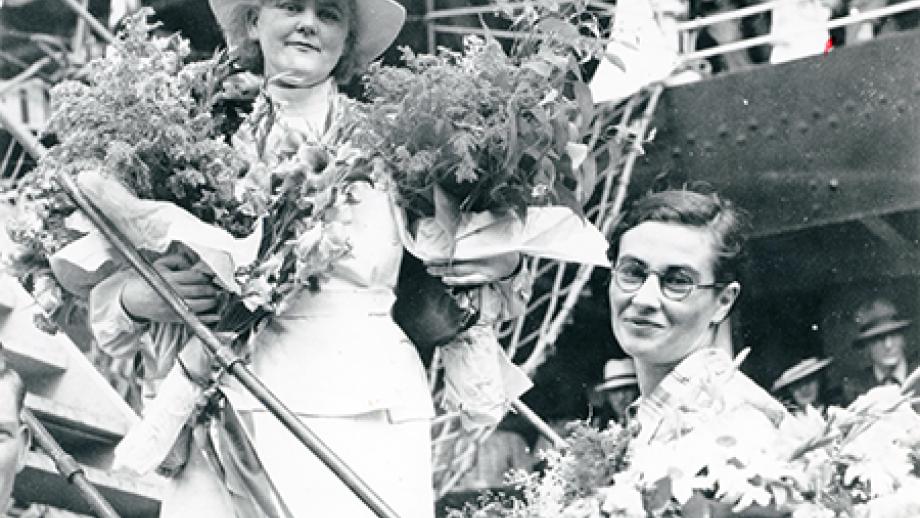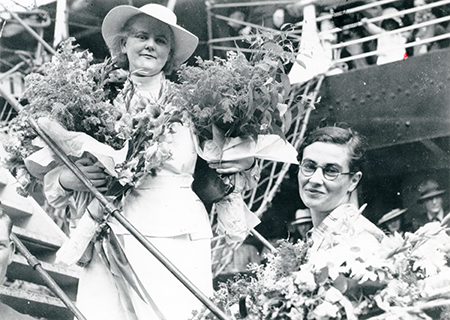In August 1937, the Spanish Relief Committee began to raise funds to send a medical team to Spain to aid the Republican cause. Nurses Mary Lowson, May MacFarlane (‘Mac’), Una Wilson, and Agnes Hodgson volunteered for the team. On 23 October 1936 they received their passports from the Australian government, after some debate as to whether the government could stop non-combatants from leaving for Spain. They settled for demanding that the nurses have return fares. The nurses boarded the ship Oronsay, and after speaking engagements in Melbourne and Perth, were off to Spain. Una and ‘Mac’ served in hospitals on the Madrid and Aragon fronts, as well as the base hospital at Mataró. Agnes Hodgson was assigned to the British Medical Aid Unit near Huesca on the Aragon front. Mary Lowson nursed at an International Brigade hospital on the Madrid front before returning to Barcelona and taking up an administrative post, producing propaganda and ensuring much-needed supplies reached the refugee camps and hospitals at the front. All four returned to Australia after the war.
Other Australians volunteered for non-combatant and medical positions in Spain. Aileen Palmer, the daughter of famed Australian literary couple Vance and Nettie Palmer, had been living in Spain with her parents when the war began. She volunteered with a British medical unit in Spain. Margot Miller of Sydney, served as a nurse on the Aragon front. Dorothy Low, a nurse from Hobart, volunteered with a Red Cross unit in Spain. Elizabeth Burchill, a nurse from Camberwell, joined Sir George Young’s Southern Spanish Hospital near Almería, caring for orphaned children and refugees. Portia Holman, daughter of a former Premier of New South Wales, left her fifth-year medical studies at the Royal Free Hospital in London to work in a Republican hospital on the Aragon front.
The letters written by the nurses to the Spanish Relief Committee and to friends and family in Australia were widely circulated and published. From the Battlefields of Spain, a pamphlet published by the Spanish Relief Committee, contained a number of extracts from the nurses' letters, and from Esme Odgers, who cared for refugee children in Spain. They recount both the horrors of war, as well as the determination of the Spanish people that they witnessed.
The last time I saw him he strode up to me with a smile, a happy healthy man, and this afternoon he lay there stripped of his clothes, ready for operation, covered with mud, his face lined with suffering, a huge wound in his side with his intestines falling from it. He died under anaesthetic.
–Una Wilson
Before I came here I imagined dreadful wounds, but the realities are more grim and fearful than anything one can imagine…. One brave youth had a puncture in the abdomen, but his shocked condition gave signs of haemorrhage, and it was discovered, on operation, that the only organ in his abdomen that was not perforated by that piece of shrapnel was the pancreas. He died, of course.
– Agnes Hodgson
I would be grateful to be caught by one of the machine guns which play about in the air. We seem to wade about in a river of blood without a break…. We heal their wounds and back they go to the front to be shot to bits. Isn’t it fearful? How I hate war, hate it like hell. I feel tonight that I could never smile again.
– Una Wilson
The children we have in our first house left Madrid early last month. They had been exposed to bombardment day and night and some of them had seen their homes destroyed by bombs.
– Esme Odgers
A hundred times I have just escaped by the skin of my teeth. We lived in a rain of shells, bombs & machine gun fire.
– Una Wilson
Our patients were innocent victims of the infamous ‘Retreat from Málaga’…. A straggling procession of families set out on foot or rode donkeys in their attempt to reach… safety. During the retreat many were mowed down by merciless machine gunfire, attacked from the air, or killed by terrorist tactics.
– Elizabeth Burchill
The government forces will win this war, because of the spirit of these Spanish lads. If they had been decently equipped the war would have been over long ago.
– Agnes Hodgson
…for weeks now our huge courtyard, every corridor and every bed in the place has been filled with dead and dying. The ambulances have to unload right outside the gates for they cannot get in for bodies.
– Una Wilson
At the hospital and in the trenches and everywhere the illiterate people, our domestic staff in the hospital, were taught to read and write. When possible there were always schools on hygiene, on nursing, on languages… There was always that kind of co-operation in the People’s Army.
– May MacFarlane
...my heart breaks for I know that lots of them must die before we can attend to them.
– Una Wilson







